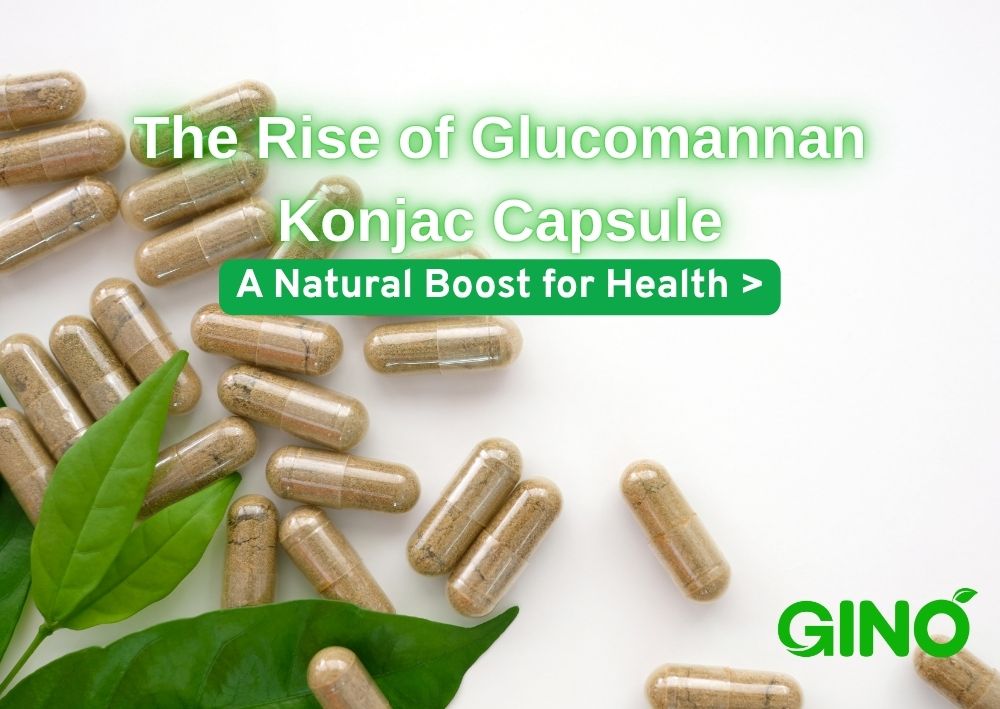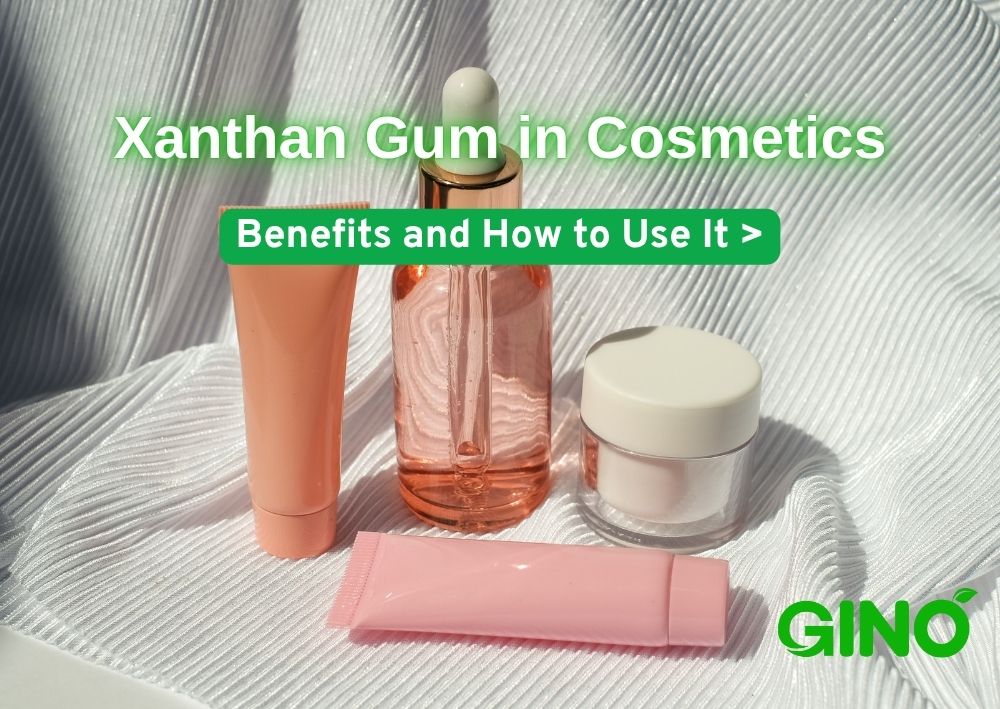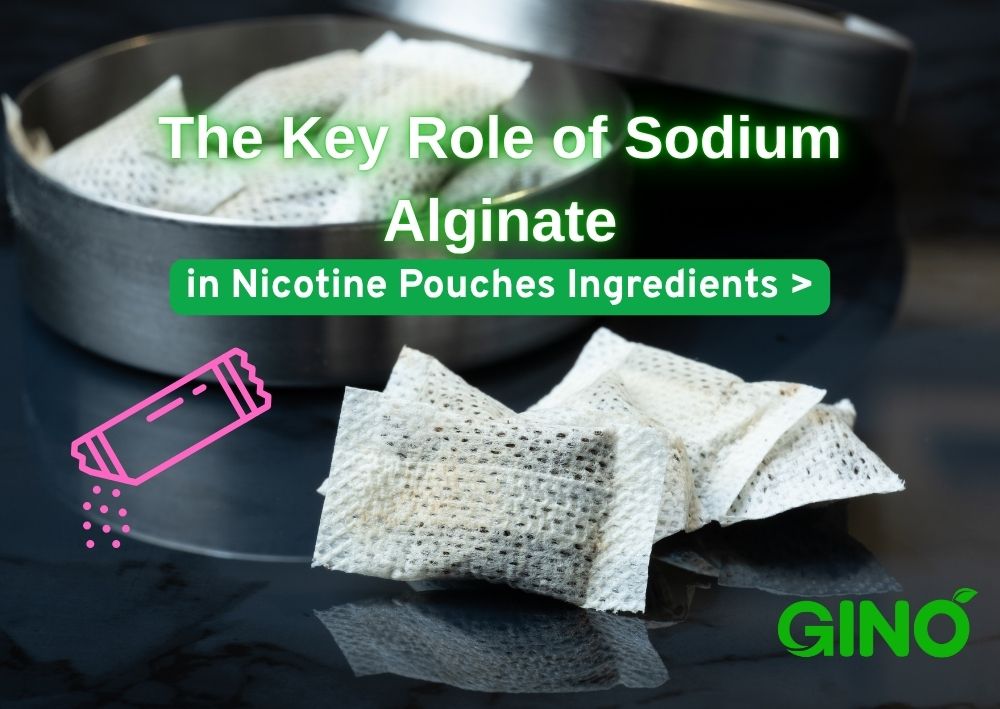
Curdlan Gel and 3 Main Influencing Factors
Curdlan Gel and 3 Main Influencing Factors
Abstract:
Curdlan has many special properties, and it forms a thermally irreversible & reversible curdlan gel that has edible and many industrial uses. There are 3 main factors affecting the strength of curdlan gel.
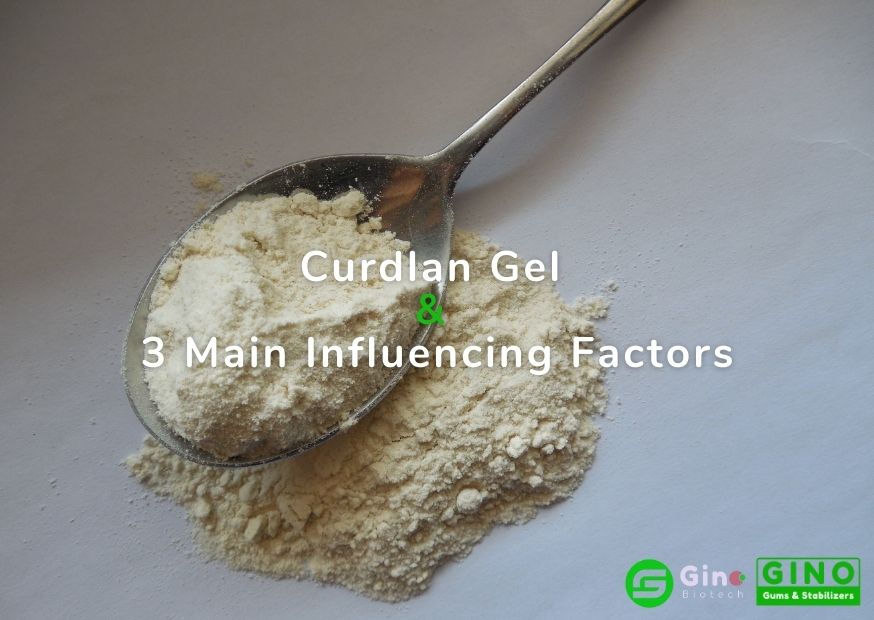
1.Discovery of Curdlan
Curdlan was produced by a bacterium called Alcaligenesfacealis var. myxogenes (10C3) isolated from soil by Prof. Harada et al. at Osaka University, Japan, in 1964 (many preserved strains of the genus Agrobacte-rium were later found to produce the polysaccharide).
Curdlan has many special properties, and it forms a thermally irreversible gel that has edible and many industrial uses.
2.Properties of Curdlan
A suspension of Curdlan can be heated to form a colorless, tasteless, odorless gel.
In addition to heating, other conditions are required for gel formation (such as cooling after heating, the presence of ca+, or a specific pH and sucrose concentration), which makes it different from ordinary gelling agents. This unique gelation property of Curdlan makes it special for use in the food industry.
3.Two Different Curdlan Gels
Curdlan (condensed polysaccharide) can form two gels with different properties depending on the temperature at which it is heated.
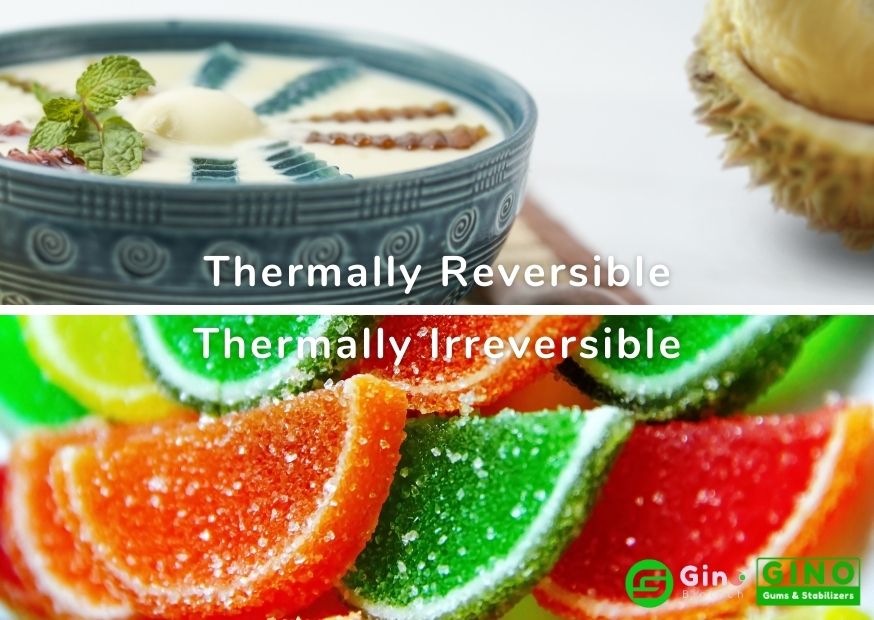
- Thermally Reversible Curdlan Gel
Heating its aqueous dispersion (above 2% concentration) to 54-80°C and then cooling it down to 40°C, a thermally reversible low-strength gel can be formed, and reheating it to 70°C, the gel will be re-dissolved, a property similar to agar.
- Thermally Irreversible Curdlan Gel
If Curdlan is heated above 80 ℃ (80-130 ℃) for a few minutes, that is, a thermally irreversible high-strength gel is formed. When cooled to room temperature, it will not dissolve even after reheating. And the formed thermally irreversible gel is brittle and hard at room temperature, and the hardness decreases when heated and steamed, but the elasticity does not decrease, and it will not dissolve or become soft when cooked for a long time.
4. Factors Affecting the Strength of Curdlan Gel
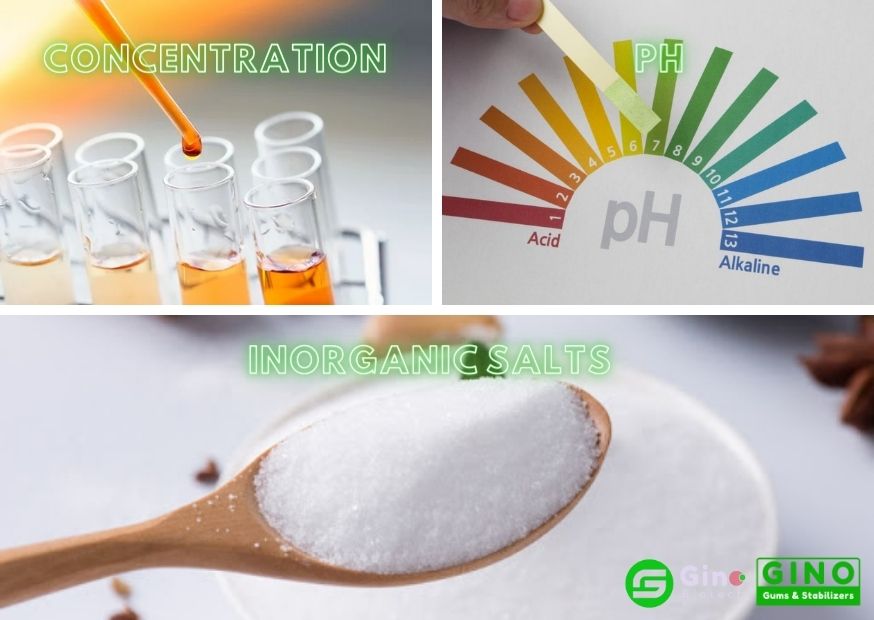
- 4.1 Concentration has some influence on Curdlan gel strength
As the concentration of Curdlan increases, its strength rises. However, when the concentration starts from 3%, its gel strength rises sharply and is higher than that of agar at the same concentration, and its gel properties are between the brittleness of agar and the ductility of gelatin.
- 4.2 Effect of pH on the Strength of Curdlan Gel
Curdlan has excellent adaptability to pH and has good gel formation in the range of pH 2 to 10.
- 4.3 Influence of Inorganic Salts on the Strength of Curdlan Gel
Various inorganic salts have almost no effect on the strength of Curdlan gel, but Na2B407 can significantly enhance the gel strength.
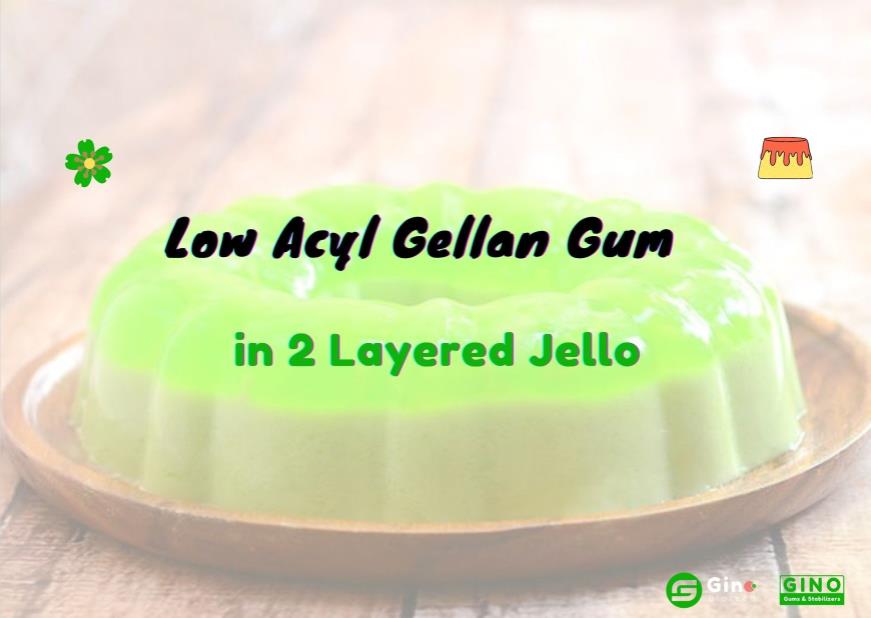
3 Big Factors Affecting Low-Acyl Gellan Gum in 2 Layered Jello
The best gel effect parameters for the double layered jelly were 0.12% of low acyl gellan gum, 0.10% of calcium lactate, and pH at 4.0.

